Design and Development of an Intelligent Portable ECG and Blood Oxygen Monitoring System Using AFE4400
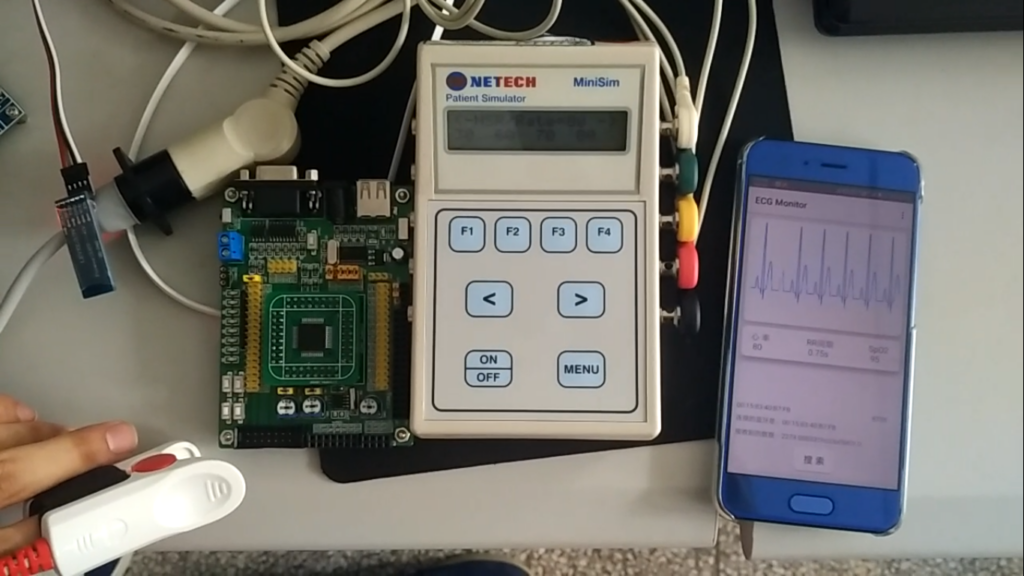
2. Project Overview
The monitoring system for multi-physiological signal data acquisition and parameter calculation (the analog front-end is realized by the large-scale integration of special circuits of the commodity) can realize the convenient monitoring of ECG, heart rate and blood oxygen signals [4]. This document is a description of its technical indicators, including the accuracy of ECG, the accuracy of heart rate, the accuracy of blood oxygen, filtering algorithm and waveform display, etc. The system is engineered to acquire multi-physiological signals using an optimized analog front-end architecture, with the AFE4400 sensor as the core component. A custom-designed schematic and PCB form the foundation of the hardware platform, which was then developed into a working prototype for real-time demonstration and validation [6] [7].
The system offers:
- Real-time display of ECG and PPG waveforms
- Accurate calculation of heart rate (30–200 bpm)
- Precise blood oxygen saturation (SpO₂) measurement (85%–100%)
- Wireless communication with a mobile application
- Low power consumption for battery operation
- Lead-off detection and alert system
3. Application and Standard Requirements
This portable system is designed for personal and clinical use in:
- Daily heart monitoring for patients with cardiac conditions
- Fitness and sports performance tracking
- Remote diagnostics in telemedicine
The design aligns with basic physiological monitoring standards:
- IEC 60601-2-27 for ECG monitoring
- ISO 80601-2-61 for SpO₂ monitoring
Basic Functional Requirements:
- Continuous acquisition and display of ECG and PPG waveforms
- Accurate HR and SpO₂ computations
- Compact, battery-powered hardware with wireless connectivity
- Adaptive filtering and scaling of waveforms for visibility
- Real-time alert on lead disconnection
4. System Features and Functional Highlights
a) ECG and Heart Rate Monitoring
- High-fidelity ECG signal acquisition with visibility of all standard waveform components: P wave, QRS complex, and T wave.
- The ECG signal range supported: 15–5 mV.
- ECG displayed on a custom mobile app via Bluetooth.
- Heart rate calculation with a maximum error margin of ±2 bpm within 30–200 bpm range.
- Filtering algorithms implemented to suppress noise and artifacts for better readability and heart rate accuracy [8].
b) Blood Oxygen (SpO₂) Monitoring
- PPG signal acquisition through AFE4400’s photodiode and LED drivers.
- Accurate calculation of blood oxygen saturation within the 85%–100% range, with a tolerance of ±2%.
- Real-time waveform visualization and numerical SpO₂ display on the app.
c) Lead-Off Detection and Alert System
- Intelligent circuit detects ECG electrode disconnection.
- Generates audible or visual alert via mobile app.
d) Power Efficiency
- Ultra-low power design with optimized firmware and AFE sleep modes.
- Battery-friendly solution, suited for continuous monitoring over extended durations.
You can download the Project files here: Download files now. (You must be logged in).
5. Hardware Design and Implementation
Core Component: AFE4400
- AFE4400 is responsible for:
- Driving LEDs for PPG measurement
- Amplifying photodiode output
- Synchronizing with ADC sampling
- Generating raw ECG and PPG data
Custom PCB Design
- Designed in Altium Designer with careful analog-digital isolation.
- Integrated power management, filtering, and wireless communication modules.
- Signal filtering handled through active band-pass filters (0.5–40 Hz for ECG).
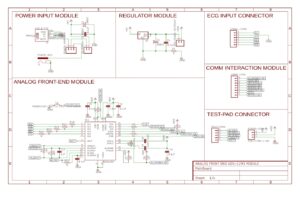
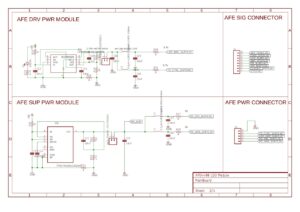
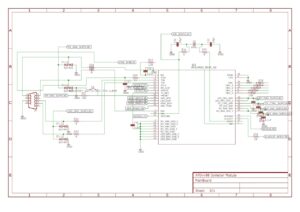

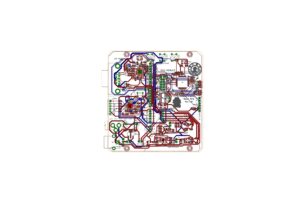

Microcontroller and Communication
- Integrated BLE MCU (ESP32 and nRF52) for wireless transmission to smartphone.
- Handles real-time data preprocessing and packetized communication [9].
Power Supply
- Powered by a 7V lithium-polymer battery, regulated through onboard LDO and charging circuitry.
6. Mobile Application Interface
A user-friendly mobile application was developed (cross-platform Flutter or Android Studio) that:
- Displays real-time ECG and PPG waveforms
- Shows numerical heart rate and SpO₂ values
- Provides alerts for lead-off detection
- Allows data logging and cloud sync options for patient monitoring
- Technical Performance Summary
You can download the Project files here: Download files now. (You must be logged in).
Table 1: Technical performance of the ECG monitoring system
| Parameter | Performance |
| Heart Rate Range | 30–200 bpm |
| HR Accuracy | ±2 bpm |
| SpO₂ Range | 85%–100% |
| SpO₂ Accuracy | ±2% |
| ECG Amplitude | 0.15–5 mV |
| PPG Visibility | Real-time display |
| Waveform Filtering | Active and digital filters |
| Power Consumption | <30 mA in active mode |
8. Future Expansion and Upgrades
The modular design allows for future integration of:
- Simultaneous multi-channel ECG and PPG
- Temperature and respiration rate sensors
- AI-driven arrhythmia detection
- Cloud-based patient dashboards
9. Conclusion
The intelligent portable ECG and blood oxygen monitoring system designed around the AFE4400 sensor represents a significant leap forward in the development of low-cost, high-accuracy personal health monitoring solutions. The integration of ECG and PPG monitoring into a compact, battery-operated unit with real-time data visualization on a mobile app addresses both clinical and personal health demands in today’s telemedicine-driven healthcare environment [9]. Through meticulous hardware design and signal processing, the device delivers excellent signal fidelity, accurately capturing ECG waveforms and computing heart rate and SpO₂ levels within clinically acceptable error margins. The system meets essential international standards and fulfills performance metrics such as ±2 bpm HR accuracy and ±2% SpO₂ accuracy, confirming its viability for both preventive and diagnostic health applications.
The implementation of lead-off detection enhances reliability, and the low-power design allows prolonged use, making the device especially suitable for elderly patients or individuals with chronic cardiac or respiratory conditions. Moreover, the system’s extensibility and modular architecture position it well for future upgrades, including multi-lead ECG, AI-based arrhythmia detection, and integration with cloud-based platforms [5] [10]. The real-time streaming of physiological data via Bluetooth not only ensures user mobility but also paves the way for remote monitoring by healthcare providers. This design opens up new possibilities for cost-effective, accessible healthcare, especially in remote and under-resourced settings.
In summary, the developed system is a robust, scalable, and intelligent solution for next-generation biomedical monitoring. With further clinical validation and mass production, it has the potential to transform personalized healthcare and remote diagnostics.
You can download the Project files here: Download files now. (You must be logged in).
10. References
- Texas Instruments, “AFE4400: Integrated Analog Front-End for Pulse Oximeters,” Datasheet, 2015. [Online]. Available: https://www.ti.com/product/AFE4400
- G. Webster and H. E. Clark, Medical Instrumentation: Application and Design, 4th ed. New York, NY, USA: Wiley, 2010.
- Yacoub, Wireless Technology: Protocols, Standards, and Techniques, CRC Press, 2002.
- T. Al-Ali et al., “Development of a Wearable ECG Monitoring System for e-Health,” in IEEE Sensors Journal, vol. 21, no. 8, pp. 10064–10072, Apr. 2021.
- D. Clifford, F. Azuaje, and P. McSharry, Advanced Methods and Tools for ECG Data Analysis, Artech House, 2006.
- Pallàs-Areny and J. G. Webster, Sensors and Signal Conditioning, 2nd ed., Wiley, 2001.
- Liu, J. Wang, and X. Zhang, “A Low-Power Real-Time Pulse Oximeter Platform With Wireless Transmission for Mobile Healthcare,” IEEE Transactions on Consumer Electronics, vol. 58, no. 2, pp. 522–527, May 2012.
- Cao, M. Leung, and B. Lo, “A Personal Health Monitoring System with Built-in Intelligence,” IEEE Pervasive Computing, vol. 17, no. 1, pp. 48–58, Jan.-Mar. 2018.
- Allen, “Photoplethysmography and its Application in Clinical Physiological Measurement,” Physiological Measurement, vol. 28, no. 3, pp. R1–R39, Mar. 2007.
- P. Martinek, “Portable ECG Devices for Telemedicine Applications: Challenges and Future Directions,” in Proc. IEEE Int. Conf. on Biomedical and Health Informatics (BHI), Feb. 2020, pp. 423–426.
Keywords: AFE4400 Sensor, Blood Oxygen, ECG, Heart Rate Monitor, Monitoring System
You can download the Project files here: Download files now. (You must be logged in).


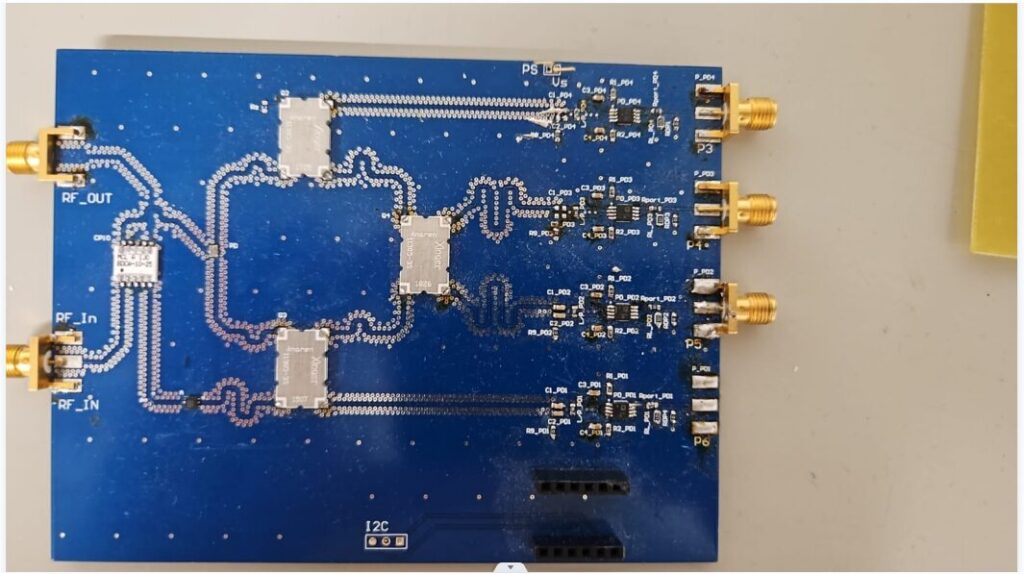


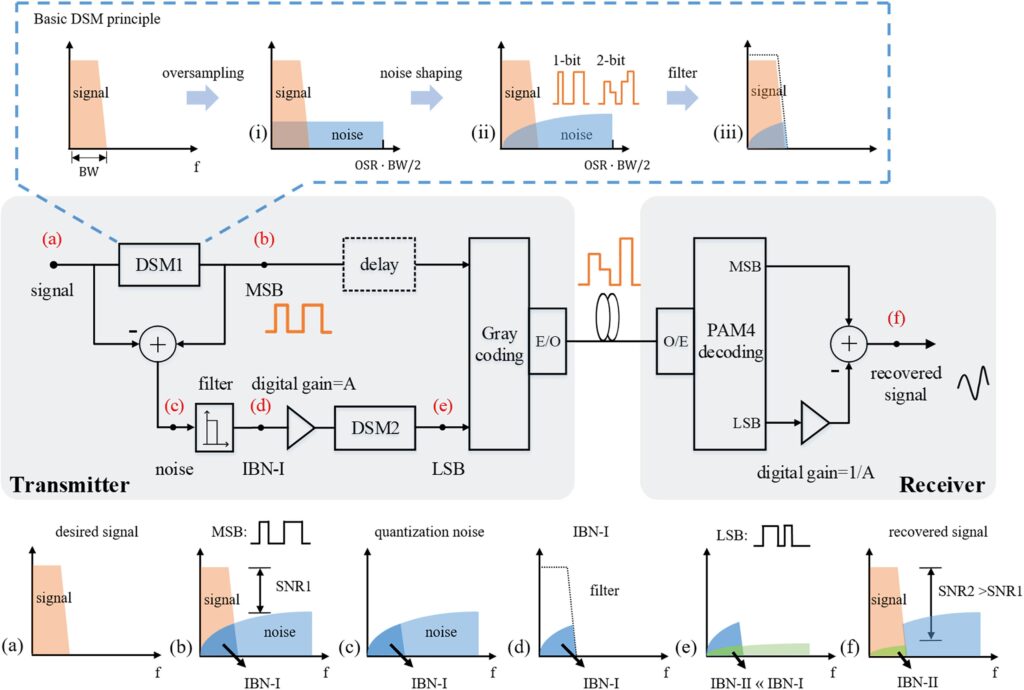
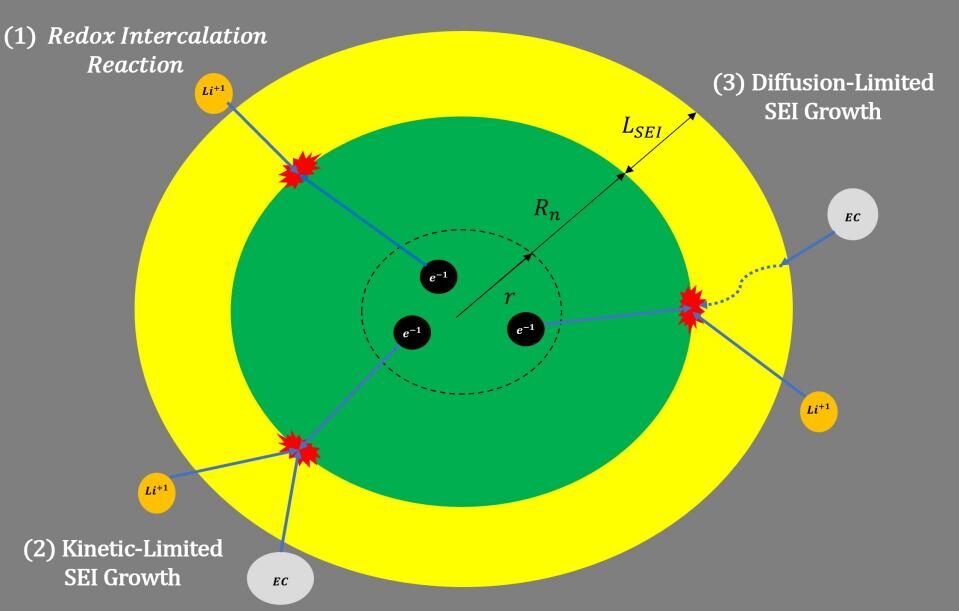






Responses